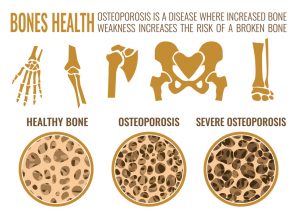When playing a sport, training, or even performing everyday physical activities, you are unfortunately at risk of suffering an injury. Many times these injuries are accidents that can’t be predicted or prevented. But there are a couple things you can do to protect yourself from some common causes of injuries.
Warm-Up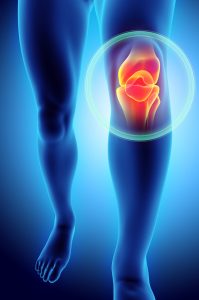
- A warm up is used to activate muscles groups before a bout of exercise, game, or activity.
- Walk, jog, dynamic stretches (trunk twists, leg swings, shoulder circles etc)
- “Cold” muscles are tight and have a great chance for being strained. Warm ups should increase your heart rate and increase blood flow to muscles (therefore warming them up).
- Pre-activation exercises are a great way to target specific muscles groups in order to prepare them for a certain activity.
- You either target the exact muscles that are going to be exercise or their antagonists (group of muscles that perform the opposite function).
- Some examples of pre-activation exercises are:
- Band resisted hip exercises before a leg work out
- Band resisted ankle exercises before a run
- Machine Rows (for your back muscles) before you do bench press
- Some examples of pre-activation exercises are:
Stretching and Foam Rolling
- Stretching and foam rolling can be performed either at the beginning or end of an exercise/activity
- Both can relieve tension built up in muscles and decrease stress on joints
- Foam rolling can be used to release trigger points in muscles to allow for better contractions and decrease the chance of any muscle damage during exercise.
- Dynamic stretches before a workout, static stretches at the end
- Foam roll your IT band and quads before a lower body exercise
During a Workout
- It is very important to perform every exercise with the proper form and through the entire range of motion (as tolerated). The more strict and controlled you are with each movement, the less opportunity there is for injury.
- Completing the exercise through its full range of motion effectively strengthens entire muscles and leads to better mobility (ability to control muscle through entire range of motion).
-
- Knees shouldn’t come over your toes and heels should stay down during a squat.
- Bring your chest all the way to the ground before pressing all the way back up on a pushup in order to train through the full range of motion.
Don’t forget to finish with a cool down! A proper cool down should:
- Bring your heart rate back down to normal levels
- Prevent muscles from tightening up following an exercise
- Better prepare you for your next workout!
By David McCalla, CSCS

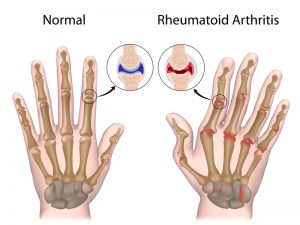
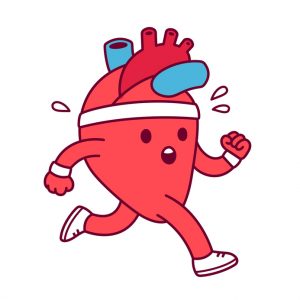


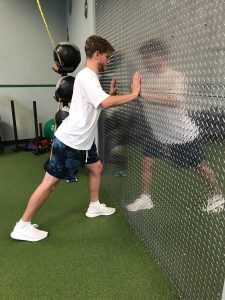 There are more than 200,000 new cases of Parkinson’s Disease seen in the United States per year. Parkinson’s Disease (PD) is a disorder of the central nervous system that usually presents itself in people over 60 years old. PD is typically a slow progressing disease that causes impaired movement and functional mobility. Keeping good range of motion is vital for maintaining strength and mobility. As an example, stretching the front of the hip, such as a hip flexor stretch, may help improve walking mechanics which will further help improve gait (see picture).
There are more than 200,000 new cases of Parkinson’s Disease seen in the United States per year. Parkinson’s Disease (PD) is a disorder of the central nervous system that usually presents itself in people over 60 years old. PD is typically a slow progressing disease that causes impaired movement and functional mobility. Keeping good range of motion is vital for maintaining strength and mobility. As an example, stretching the front of the hip, such as a hip flexor stretch, may help improve walking mechanics which will further help improve gait (see picture).